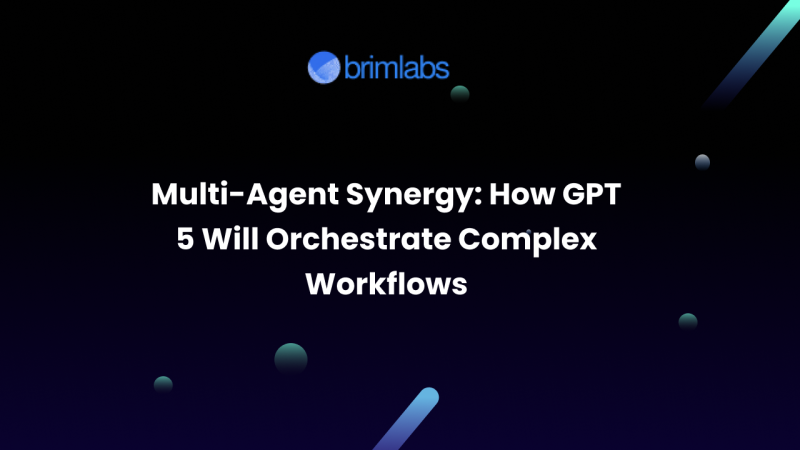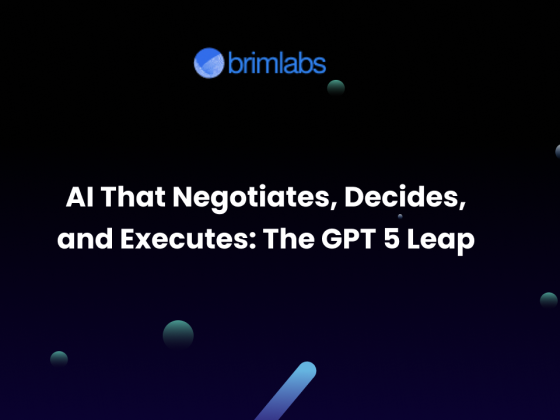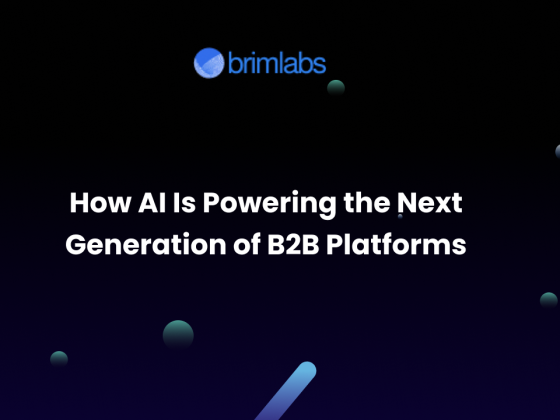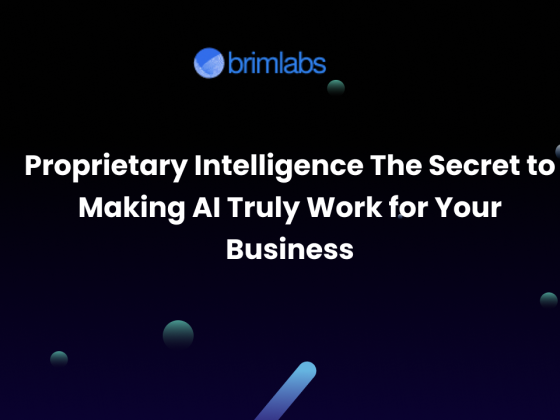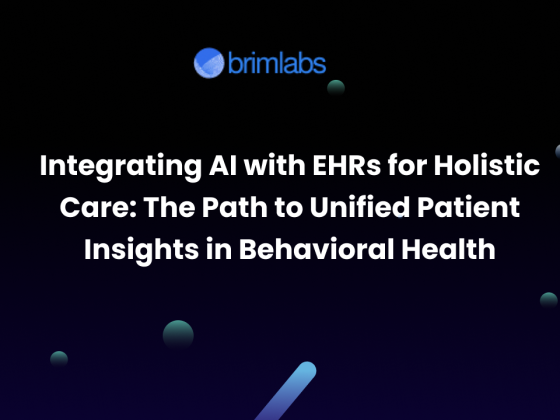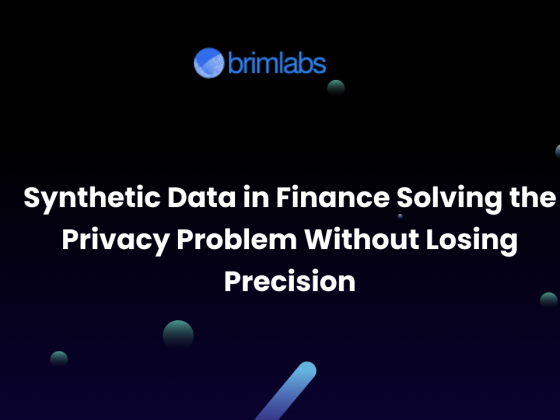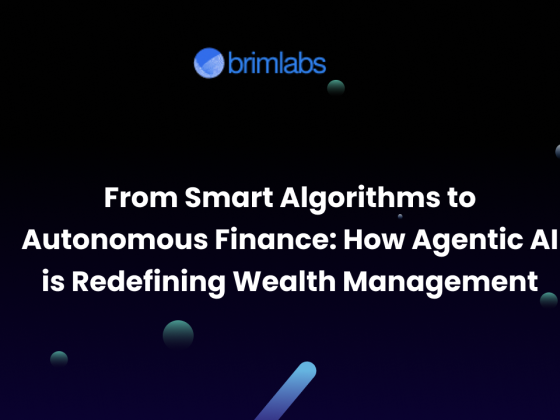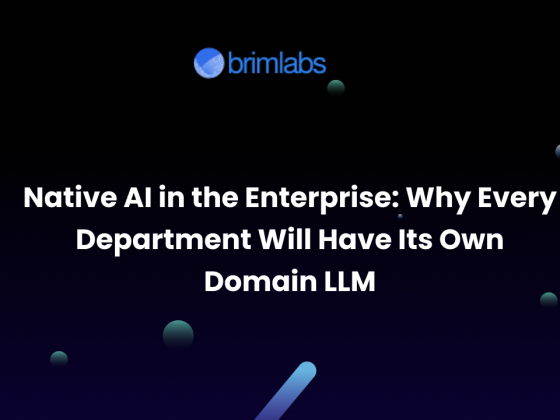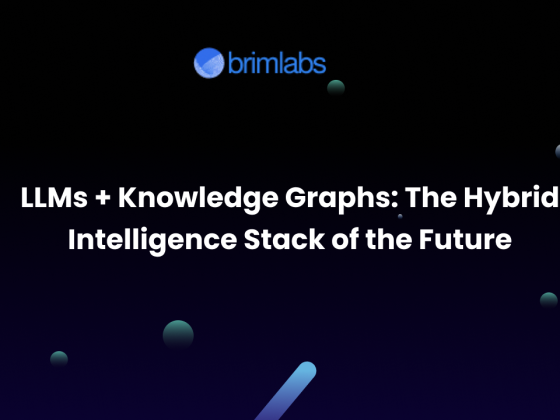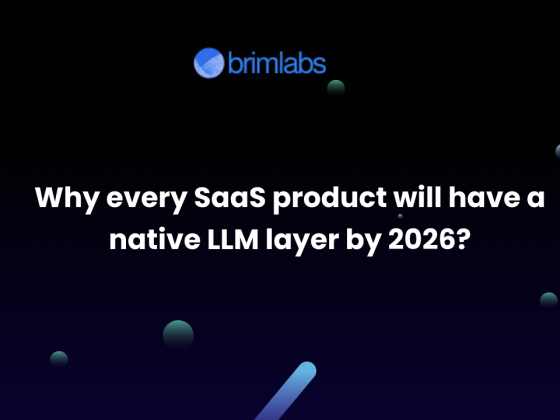Artificial intelligence has evolved from a helpful assistant into a capable operator. But the real revolution is not a single AI agent doing everything. It is multiple specialized AI agents working together in a coordinated system to achieve outcomes faster, more accurately, and more autonomously than ever before.
With GPT 5, we are entering the age of multi-agent synergy, a paradigm where diverse AI agents collaborate in real time, exchange context dynamically, and execute end-to-end workflows with minimal human intervention. This evolution will transform how businesses structure operations, manage projects, and scale globally.
Why Multi-Agent Synergy is a Breakthrough
Until recently, AI capabilities were typically siloed. You might have:
- A chatbot to answer customer questions
- An analytics tool to generate reports
- A marketing automation system to schedule campaigns
These tools rarely communicated with each other directly. Humans had to transfer data, coordinate tasks, and make decisions. The bottleneck was not the AI itself, but the lack of orchestration.
Multi-agent systems remove this bottleneck. Instead of isolated tools, you have a network of AI agents that:
- Divide complex goals into smaller tasks
- Delegate to the right specialized agents
- Collaborate through continuous information exchange
- Execute actions in the right sequence
- Learn from the results and optimize future runs
How GPT 5 Enables True Multi-Agent Orchestration
The leap from GPT 4 to GPT 5 is more than just higher accuracy. It introduces key capabilities that make multi-agent workflows viable:
1. Persistent, Shared Memory
Agents can now retain long-term context across multiple interactions and share that memory with other agents securely. This means a research agent can brief a strategy agent without losing nuance or data history.
2. Domain Specialization at Scale
GPT 5 supports fine-tuning and role-based training, enabling agents to become domain experts, from compliance auditors to UX designers, while still being able to collaborate fluidly.
3. Natural Language Protocols Between Agents
Agents communicate using human-like natural language rather than rigid API calls, which allows more adaptive negotiation and reasoning between them.
4. Orchestration Intelligence
The orchestration layer, think of it as the AI project manager, uses GPT 5’s reasoning to assign tasks dynamically, handle dependencies, and resolve conflicts between agents.
5. Secure Multi-System Connectivity
Agents can be connected to CRMs, ERPs, cloud storage, marketing platforms, IoT devices, and financial systems, executing tasks that span multiple technology stacks.
Real-World GPT 5 Multi-Agent Workflows
Let’s explore how this looks in practice across industries.
E-commerce Autonomous Growth Loop
- Market Scan Agent tracks competitor pricing, product availability, and trending searches.
- Pricing Agent adjusts product pricing dynamically for optimal conversion and margin.
- Marketing Agent launches ad campaigns with updated creatives and audience targeting.
- Analytics Agent measures campaign ROI, feeding performance back into the cycle.
This loop runs continuously, allowing the store to react in minutes rather than weeks.
AI-Powered Legal Department
- Research Agent pulls case law, legislation, and relevant precedents from multiple jurisdictions.
- Drafting Agent creates tailored contracts and legal documents.
- The Compliance Agent ensures all outputs meet local regulations.
- Negotiation Agent engages with counterparties to refine terms.
This setup accelerates legal work without sacrificing compliance.
Autonomous Financial Portfolio Management
- Market Intelligence Agent monitors economic data, earnings reports, and geopolitical shifts.
- Risk Analysis Agent models potential impacts on client portfolios.
- Execution Agent rebalances assets instantly based on risk models.
- Client Engagement Agent sends personalized updates explaining changes.
This creates a proactive wealth management experience that is nearly real-time.
Smart Manufacturing Control
- Supply Chain Agent tracks inventory levels and raw material lead times.
- Production Scheduler Agent adjusts factory runs based on supply updates.
- Quality Control Agent performs automated inspections with computer vision tools.
- Maintenance Agent predicts and schedules equipment servicing before failures occur.
The result is reduced downtime, lower waste, and higher throughput.
Healthcare Treatment Coordination
- Diagnostic Support Agent reviews medical history, lab results, and scans.
- Treatment Planning Agent recommends personalized protocols based on guidelines and patient data.
- Logistics Agent schedules procedures, orders medication, and tracks follow-ups.
- Care Communication Agent updates patients and care teams with progress notes.
Multi-agent collaboration here reduces errors, speeds treatment, and improves patient satisfaction.
The Orchestration Layer: The Brain of the System
The orchestration layer is where the real magic happens. In a GPT-5 multi-agent system, this layer:
- Understands the goal: It receives a high-level objective in plain language.
- Breaks it into tasks: It creates a hierarchy of subtasks that can be assigned to agents.
- Manages dependencies: It ensures certain tasks happen before others.
- Facilitates communication: It passes context between agents so they stay aligned.
- Monitors performance: It measures outputs against KPIs and adjusts workflows dynamically.
Think of it as a conductor leading an orchestra of AI specialists, each playing their part in perfect timing.
Risks, Challenges, and Governance
As powerful as multi-agent systems are, they come with operational considerations:
- Coordination Failures: Without robust orchestration, agents may duplicate efforts or work at cross-purposes.
- Security Vulnerabilities: More system connections mean a larger attack surface if not secured.
- Transparency and Accountability: Decisions must be logged and explainable for compliance and auditing.
- Oversight Requirements: Human intervention points should be clearly defined for mission-critical workflows.
The key is balance, letting AI handle complexity while maintaining human control over sensitive decisions.
The Business Advantage of Multi-Agent Synergy
Early adopters of GPT 5 multi-agent orchestration will see:
- Exponential productivity gains: Tasks that once took days can be completed in minutes.
- Cost efficiency: Teams can scale operations without proportionally scaling headcount.
- Market agility: Businesses can pivot strategies instantly in response to changing conditions.
- Outcome consistency: AI-driven execution reduces human error and bias in workflows.
How Brim Labs is Leading This Shift
At Brim Labs, we are building GPT 5–powered multi-agent ecosystems for clients in fintech, healthcare, SaaS, e-commerce, and beyond. Our approach involves:
- Agent Design: We create specialized AI agents trained for domain-specific tasks.
- Secure Orchestration: We deploy a robust orchestration layer that coordinates agents seamlessly.
- System Integration: We connect agents to CRMs, ERPs, and external APIs for real-time execution.
- Governance Frameworks: We implement guardrails, logging, and fail-safes for safe autonomous operation.
From AI-powered procurement networks to compliance automation systems, we are enabling businesses to unlock the true power of AI collaboration.
Multi-agent synergy is not a distant concept. It is the next step in the evolution of work, and with GPT 5, the technology to achieve it is already here.
The question is: Will your organization be ready to orchestrate its future? At Brim Labs, we are ready to help you build it.

